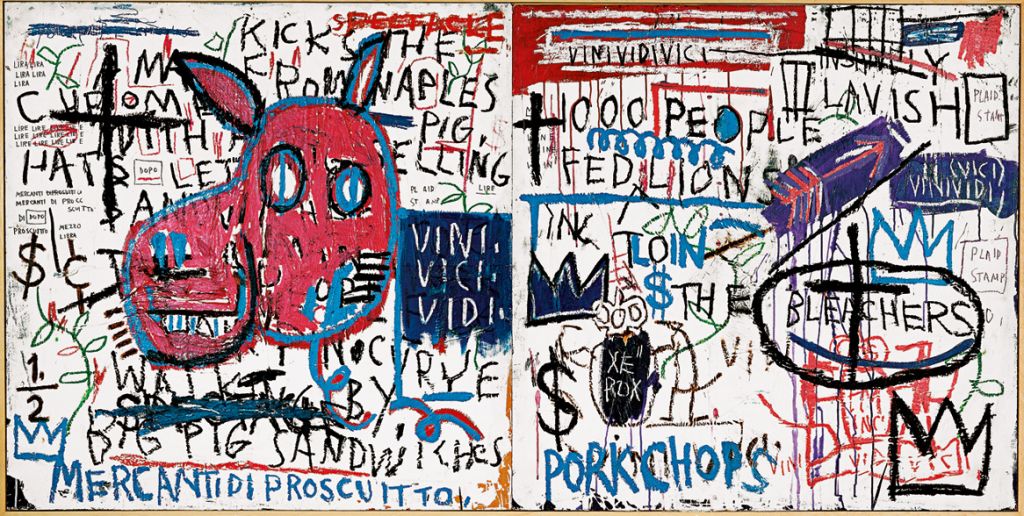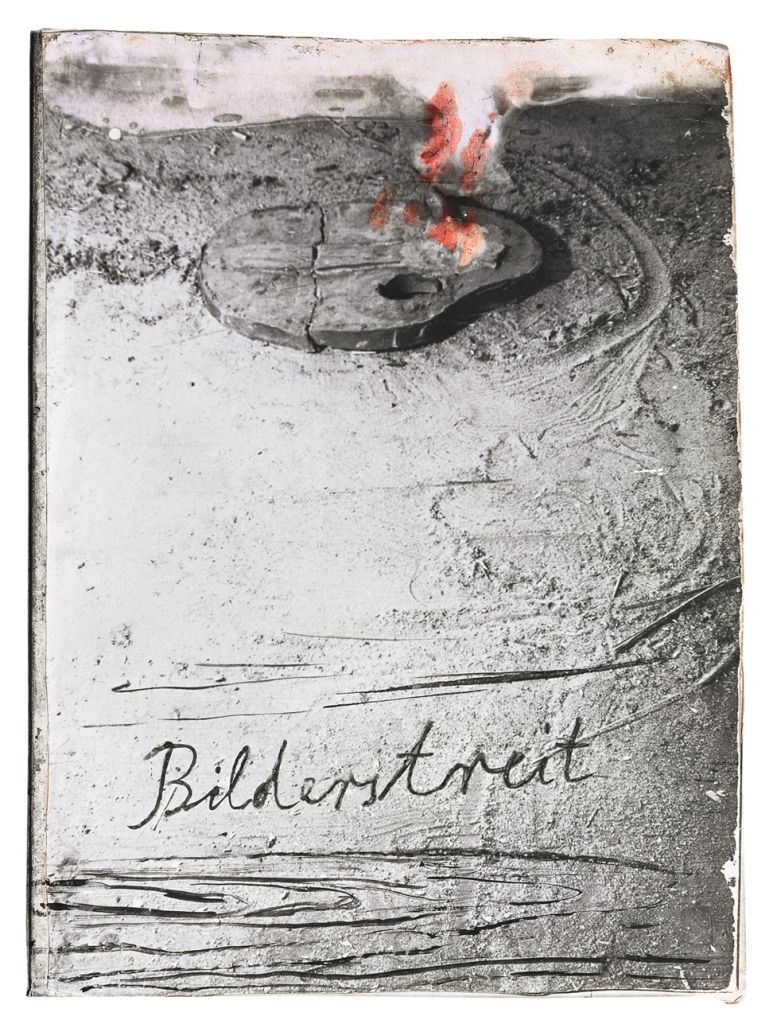Untitled
1964Oil on canvas273.5 x 236 x 3.5 cm
By 1947 Clyfford Still had begun working in the format that he would intensify and refine throughout the rest of his career—a large-scale color field crudely applied with palette knives. Still liberated color from illusionary design by allowing large, uninterrupted tonal areas to interlock on a flat plane. He dispensed with typically "beautiful" colors in favor of more disquieting hues to create unsettling impressions. Although Still scorned categorization, his expansive canvases dominated by jagged fields of color were influential among the Abstract Expressionist artists he was grouped with, in particular Barnett Newman and Mark Rothko, who shared his interest in the metaphysical sublime. These artists believed that a painting could convey meaning without reference to anything outside its inherent formal and material qualities. Rather than capture a realistic representation of the world in his abstract paintings, Still sought to create a transcendental experience that was purely visual and impossible to describe with words.
Still espoused what he regarded as particularly American ideals, such as absolute freedom and individuality, which were manifested in his artistic career as well as in his works. Although he was given solo exhibitions at Peggy Guggenheim’s museum/gallery Art of This Century in 1946 and Betty Parsons Gallery in 1947, he disdained the commercial aspects of the art world and became increasingly aloof from the burgeoning New York School, to the point of refusing to exhibit for a period between 1952 and 1958. Untitled dates from after Still left New York permanently for the isolation of a farm in rural Maryland in 1961. The work is notable for its prominent bare canvas, which imbues it with an overall luminosity, as well as its insistent verticality—the 2.5-meter-high red line as well as the ocher forms seem to thrust upward and break the bounds of any enclosing strictures. Untitled employs a spartan economy of means to intimate illimitable energies. As Still tersely observed: "The best works are often those with the fewest and simplest of elements—pictures that are almost obvious until you look at them a little more and things begin to happen."[1]
Note:
1. Clyfford Still, quoted in Thomas Albright, "The Painted Flame," Horizon 22 (November 1979), p. 33.
Source(s):
Joan Young. "Clyfford Still." In Nancy Spector, ed. Guggenheim Museum Collection: A to Z. 3rd rev. ed. New York: Guggenheim Museum, 2009.
David Anfam. "Clyfford Still." In Guggenheim Museum Bilbao Collection. Bilbao: Guggenheim Museum Bilbao; Madrid: TF Editores, 2009.
Original title
Untitled
Date
1964
Medium/Materials
Oil on canvas
Dimensions
273.5 x 236 x 3.5 cm
Credit line
Guggenheim Bilbao Museoa






